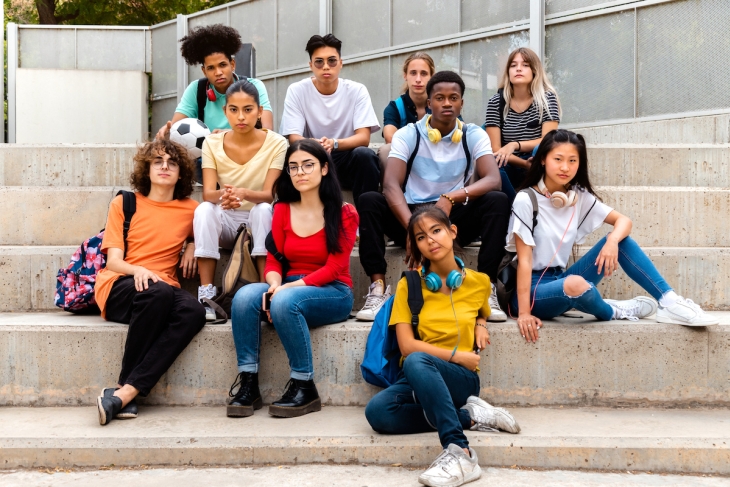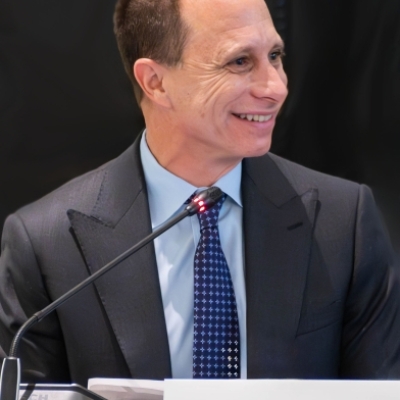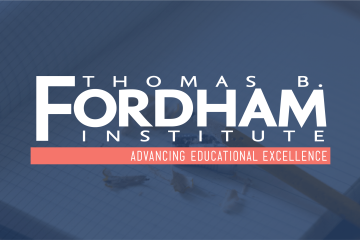Last fall, Stephen Sawchuk published an Education Week article exploring why “educational equity” had become a “trigger word”—even though the notion has been baked into federal policy for decades. “Equity may be the law,” he wrote, “but we don’t agree on what it means.”
I can understand Sawchuk’s confusion because, properly construed, the call for greater equity can and should command widespread support from Americans across the ideological spectrum. A potentially unifying argument might go something like this:
In a great country like ours, we should aspire for every child to grow up to achieve his or her full potential. Anything less is a waste of talent and a blemish on human dignity and flourishing.
Schools have a particular role to play in helping children achieve their full academic potential, and supporting roles in helping children develop socially, emotionally, artistically, and athletically, as well.
Yet we know that our country is failing to live up to this aspiration because millions of boys and girls are failing to live up to their full potential. And we know that most of the reasons have to do with what happens between conception and kindergarten—that the strains of poverty, family instability, parental substance abuse, and other social ills mean that many children enter schools far behind what their cognitive trajectory otherwise could have been.
We know this in part because of the evidence of achievement gaps that can be measured at school entry, if not before. If we reject the notion that genetic differences drive racial achievement gaps as morally and empirically dubious—which we absolutely should—then the explanation for their existence as early as age five must be differing life circumstances, including the gaping chasms in socioeconomic status and its associated opportunities.
A major focus of “equity work,” then, is to close these gaps in the zero-to-five years—both because it’s the right thing to do, and so that all children have the opportunity to achieve their full potential—cognitively, academically, and otherwise.
This project has tended to be the domain of the political left, with its calls for better pre- and post-natal healthcare; the eradication of environmental pollutants like lead paint; direct financial supports for families with young children, like 2021’s expanded and fully refundable child tax credits; and expanded public support for high quality childcare. Yet the political right has contributions to make, as well, with its calls for greater personal responsibility; greater family stability, especially via married, two-parent families; and for welfare programs that encourage—rather than discourage—marriage and work, which have been shown to lead to better outcomes for kids.
Schools also have a critical role to play, especially at the elementary level, where students are still young enough for a great education to make a significant difference in their academic trajectories. Schools may not be able to overcome all of the damage of poverty, family instability, and their associated ills, but they can do a lot, as we know from the markedly different achievement trajectories of children in the highest-performing high-poverty schools—many of them public charter schools—compared to kids in more typical school settings.
Educational equity, then, means providing children, and especially poor children, with excellence—excellent instruction, excellent curricula, excellent teachers, excellent tutoring, excellent enrichment. Some of that costs more money in high-poverty settings, so yes, educational equity demands that we spend more public dollars on the students who need it most.
The greatest enemy of equity, then, is mediocrity. It’s the everyday bureaucratic dysfunction that remains all too common in American education. It’s the decisions that public officials take that block excellent schools, including excellent public charter schools, from growing or replicating. It’s the inertia that keeps traditional public schools from retaining many of their best young teachers. It’s the refusal to intervene when a principal is not up to the task of creating a culture of excellence.
Note what is not an enemy of equity: excellence. Indeed, far from it—excellence is the antidote to inequity.
—
And yet—back to the puzzle that Sawchuk presented in his article—some “equity advocates” have turned the notion into a “trigger word” by arguing that excellence is indeed the enemy. By their line of thinking, anything that helps a subgroup of children achieve at high levels, or even just celebrates that achievement—such as gifted-and-talented programs, exam schools, or National Merit Scholarships—is at war with equity. These advocates see equity as a zero-sum game. Rather than focus on helping every child achieve his or her potential, potential that inevitably varies from individual to individual, they seek a world in which the outcomes children achieve are closer to equal—even if that equality comes by leveling-down the high achievers.
Needless to say, this conception of equity is highly unpopular, and not just on the political right. As well it should be because it’s also morally bankrupt. It is simply wrong to embrace policies and practices and seek to put a ceiling on any child’s achievement—just as it is wrong to block efforts to get all students to a floor of basic literacy and numeracy.
John Gardner once asked if we can “be equal and excellent too.” The answer is an unequivocal “yes!” And in the domain of racial equity, the way to do that is to ensure that all children, from every racial and ethnic group, get what they need to live up to their full potential. And for high-potential children from underrepresented groups in particular, it means identifying their talent early, cultivating it through gifted-and-talented programs and the like, and keeping them on a trajectory of high achievement all the way through high school and beyond.
It bears repeating: Excellence is not the enemy of equity, it is the antidote to inequity. Equity advocates would do well to keep that in mind.




